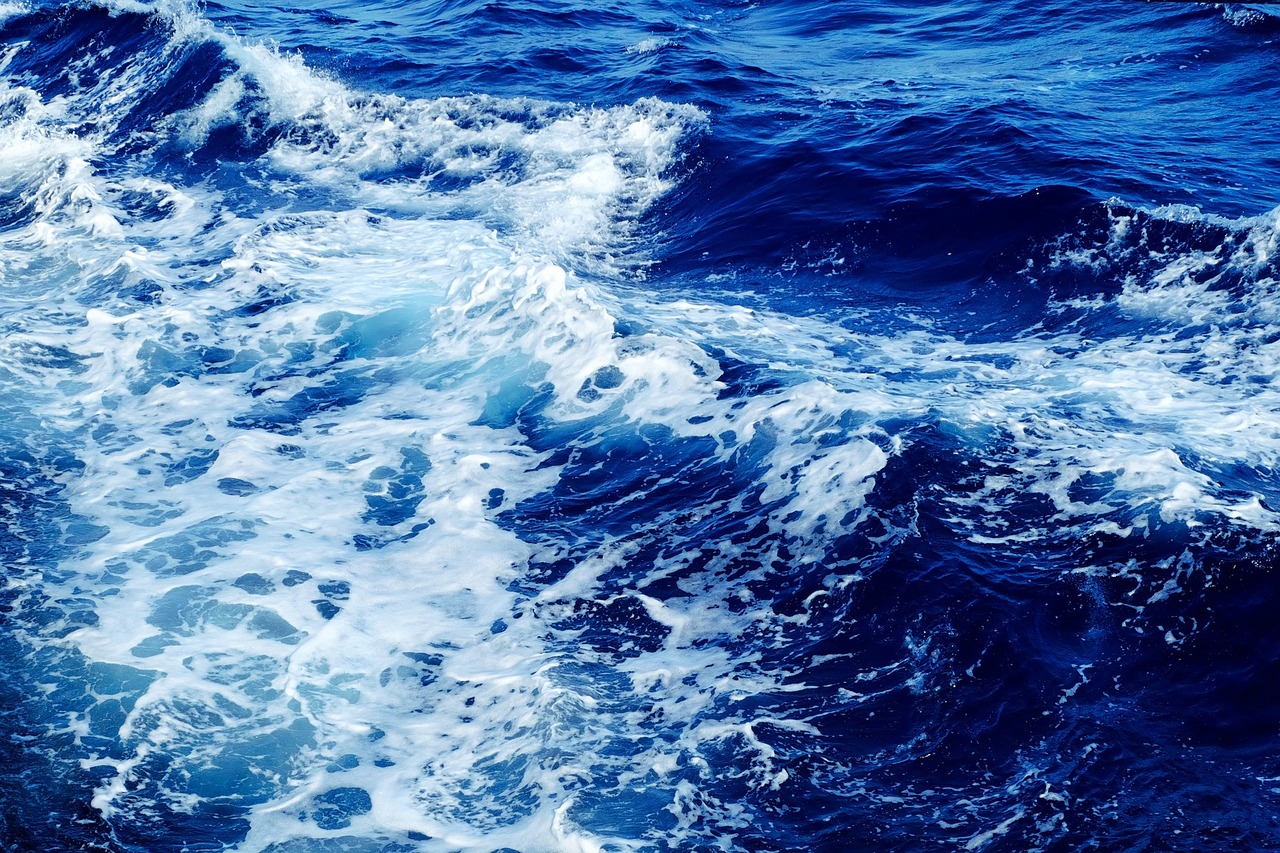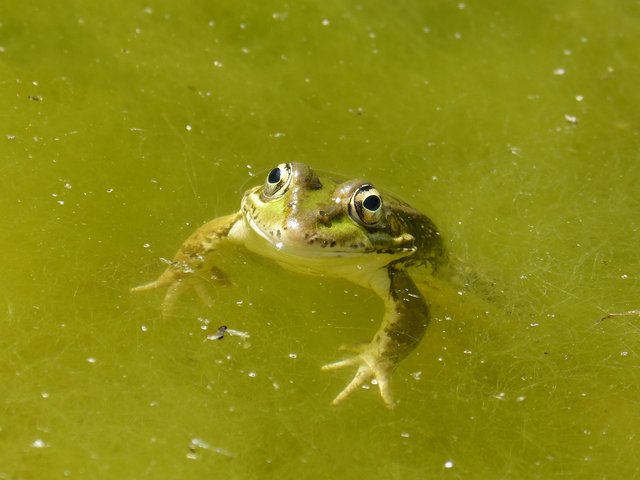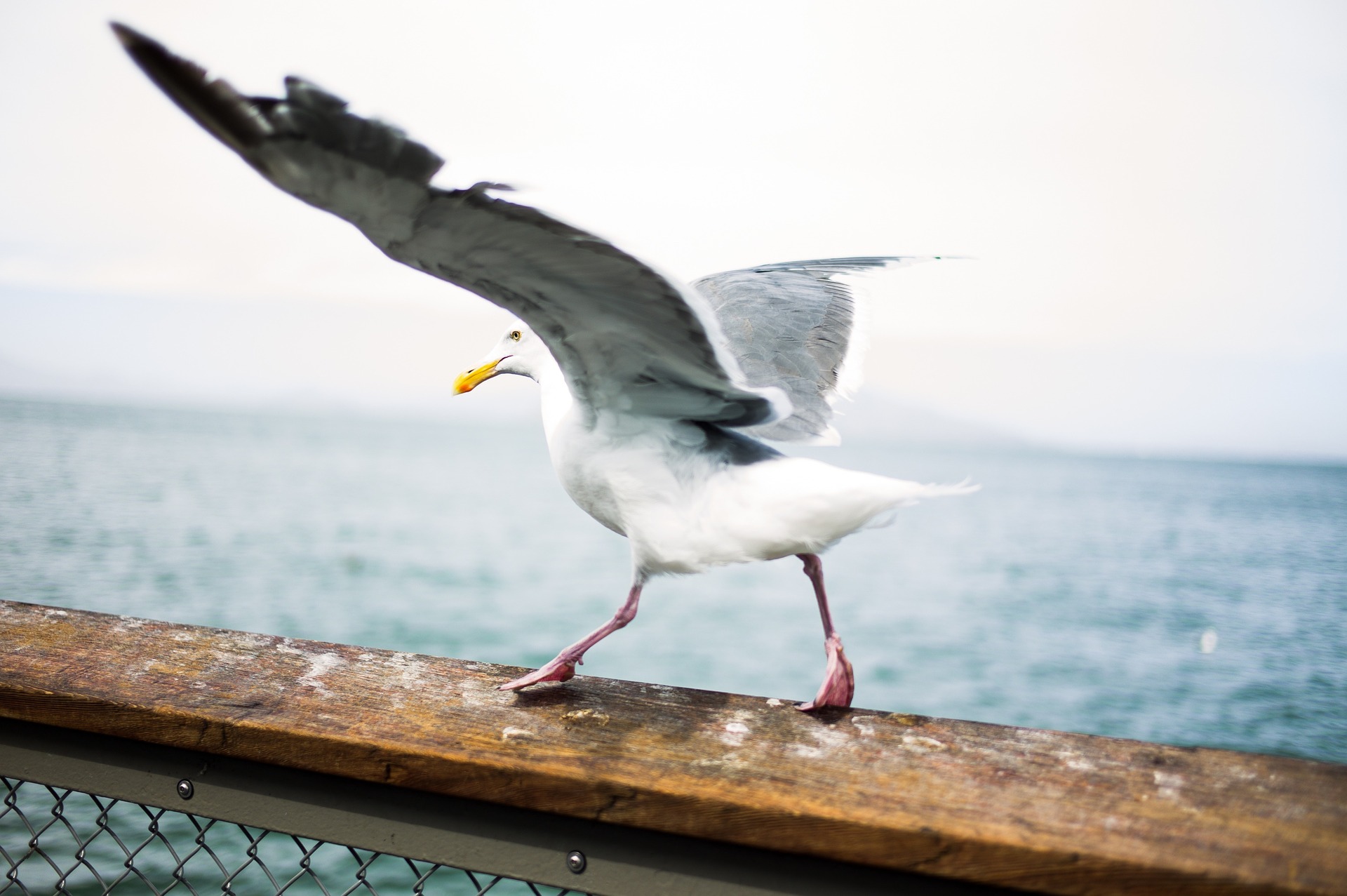Hello Steem friends!
So as I have already mentioned, I am studying marine biology and I really love everything related to the sea. I’d like to share with you what I know and what I read because the ocean is the whole universe here on Earth and there are some really cool facts about creatures living there.

Today I’m going to tell you about a unique smell of the sea that is familiar to everyone. That freshness you feel in the open ocean or on the beach has a whole story behind it, which in my opinion is beautiful - only nature could create something like this. The main part of this story is Dimethyl Sulfide (DMS) – the cause of what we can sense as a sea smell. It is widely distributed in the ocean and some of it goes to the atmosphere. DMS is obtained from Dimethylsulfoniopropionate (DMSP) – compound that is produced by phytoplankton mainly for cell protection from the osmotic stress. Microalgae rich with DMSP, like dinoflagellates and coccolithophores, can cause massive algal blooms.

When the microalgae die, DMSP goes to the microbial loop where bacteria receives a source of carbon and transforms it into DMS. A large number of DMS present in a particular area means a large number of dead phytoplankton and therefore the presence of grazers. Phytoplankton is grazed by zooplankton and krill which are then eaten by seabirds. Some species of seabirds are even able to track the DMS to get to the hot food spots.
So the system turns out to be an interesting scheme: DMSP, which is probably used by microalgae for cell protection, plays an important role in the predator-prey relationships at a completely different level.
And that's not it, phytoplankton benefits not only from the reduction of the number of grazers consumed by birds, but also gets iron – very important source for microalgal growth. Krill is rich in iron and seabirds don’t need it so they get rid of and it goes back to the ocean providing the phytoplankton with an excellent fertilizer.

And finally, it’s time to relate it all to whales.
This whole story I remembered last weekend when I was looking out for the whales in the Sydney Harbour National Park. One of the people working there gave me the advice to seek for seabirds.
Baleen whales, as well as birds, feed on krill. Therefore, if a large flock of seagulls circulates in the open ocean, the likelihood of seeing a Baleen whale there is quite high. So the answer is: look for birds in the open ocean, where there are birds, there will be food, and where there is food, there might be a whale:)
I hope I made it easy to understand and demonstrated the beauty of this three-dimensional relationship of bacteria, microalgae, and larger predators with all of them being an important part of one system.

Resources:
- Colin Munn (2011) Marine Microbiology : Ecology & Applications
- Savoca and Nevitt (2014) Evidence that dimethyl sulfide facilitates a tritrophic mutualism between primary producers and top predators
Images: https://pixabay.com/
Very inyeresting.
Downvoting a post can decrease pending rewards and make it less visible. Common reasons:
Submit
Thank you:)
Downvoting a post can decrease pending rewards and make it less visible. Common reasons:
Submit
Great article. Thanks for sharing. Following for more:)!
Downvoting a post can decrease pending rewards and make it less visible. Common reasons:
Submit
Thank you! There will be more:)
Downvoting a post can decrease pending rewards and make it less visible. Common reasons:
Submit
Hey great post.
Downvoting a post can decrease pending rewards and make it less visible. Common reasons:
Submit
Thank you)
Downvoting a post can decrease pending rewards and make it less visible. Common reasons:
Submit
Hi @abarilo! This is a very great and informative post, I wonder why it got few votes. Finally I have seen a marine biologist here on steemit and I will surely wait for more post from you. I hope @curie curators discover your post and showcase you as one of top authors if not yet.
Downvoting a post can decrease pending rewards and make it less visible. Common reasons:
Submit